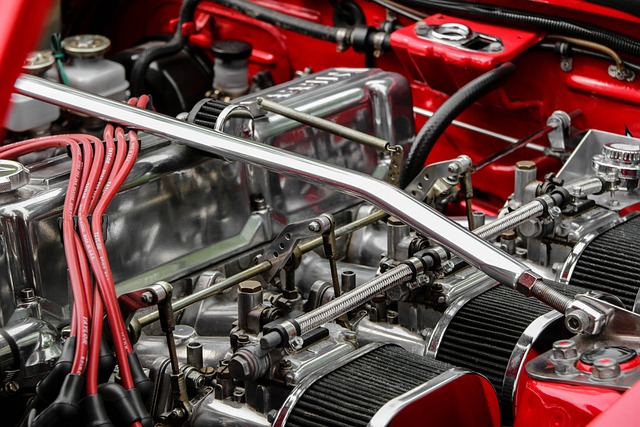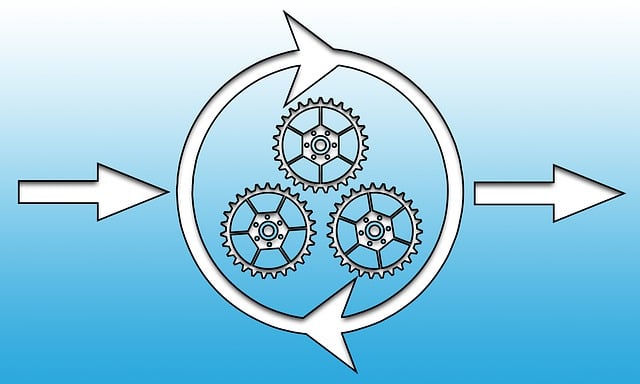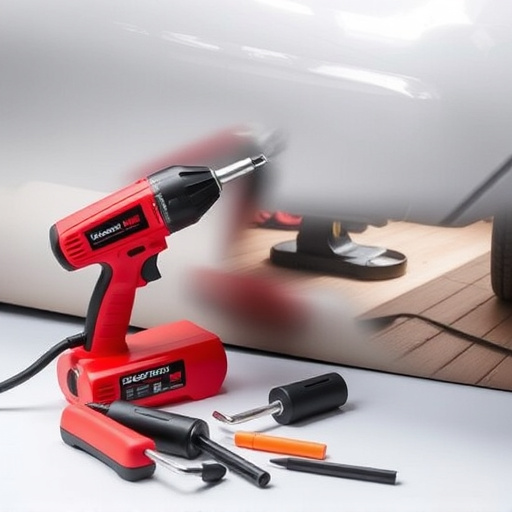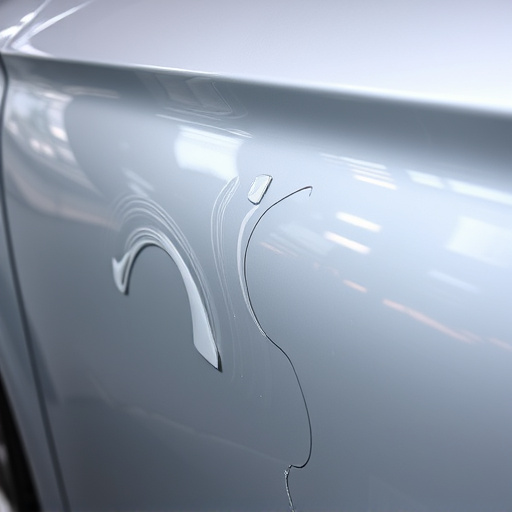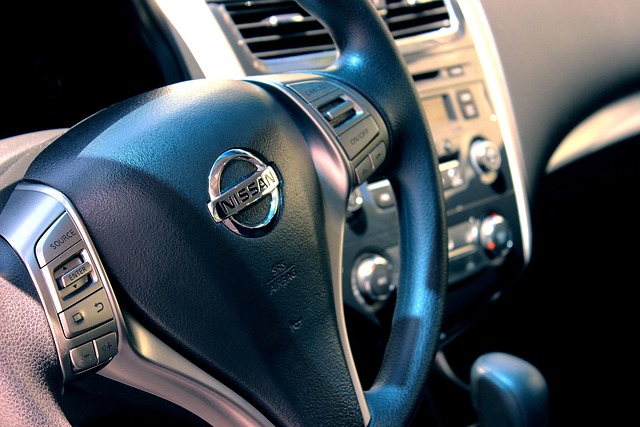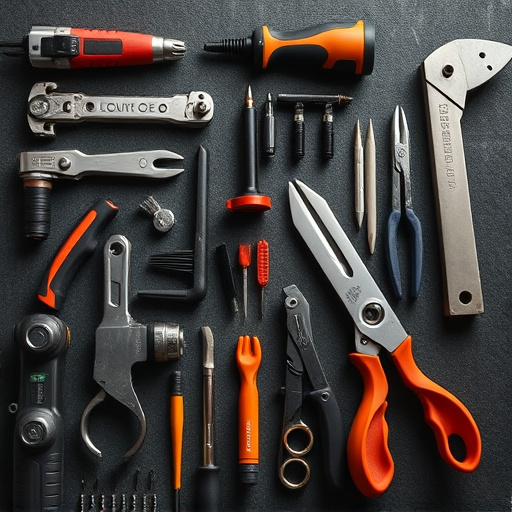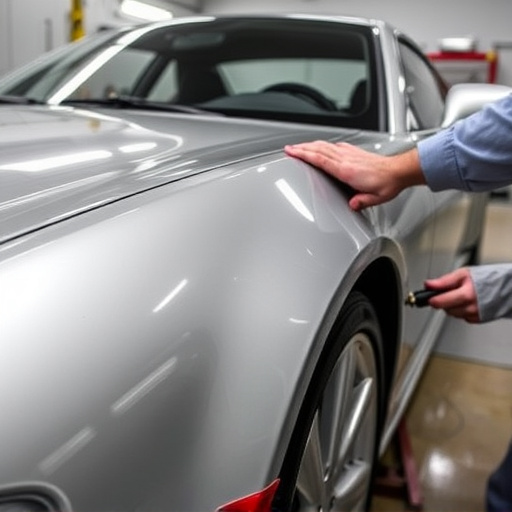Auto repair estimating is a vital process in insurance claims management, offering accurate assessments for various vehicle damage repairs. Skilled estimators consider part costs, labor rates, and overhead expenses to provide precise financial forecasts, preventing fraud and ensuring fair compensation for policyholders. This meticulous document, using advanced tools, guides both insurers and owners through the repair process, fostering transparency, trust, and efficient claims resolution.
In the dynamic landscape of insurance, auto repair estimating is a cornerstone ensuring fair claims settlement and seamless customer experiences. This article delves into the intricacies of this process, exploring key elements that underpin successful collaboration between insurers and repair shops. We dissect the foundational concepts of auto repair estimating, emphasize effective communication strategies, and highlight the critical role of precision and accuracy in achieving just compensation for policyholders. By understanding these core aspects, stakeholders can navigate the complex insurance ecosystem with greater efficiency and transparency.
- Understanding Auto Repair Estimating: The Foundation
- – Definition and significance of auto repair estimating in the insurance sector.
- – Key components of a comprehensive auto repair estimate.
Understanding Auto Repair Estimating: The Foundation

Auto repair estimating forms the foundational stone for any successful insurance claims process, especially when dealing with damages to vehicles. It’s a critical skill that allows for accurate valuation and efficient settlement of auto collision repairs, including tasks like car scratch repair or more intricate auto collision repair work.
At its core, understanding auto repair estimating involves comprehending not just the cost of parts replacement but also labor rates, potential overhead expenses, and profit margins. Insurance companies rely on precise estimates to determine the scope of coverage and avoid fraud. For vehicle repair services, accurate assessing and documenting damage is paramount. This ensures that every repair, big or small, from a simple car scratch repair to extensive auto collision repair, is handled with both skill and integrity.
– Definition and significance of auto repair estimating in the insurance sector.
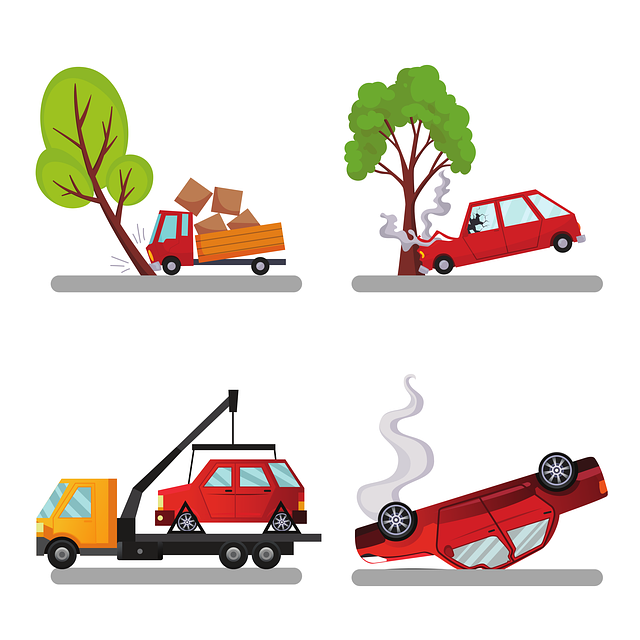
Auto repair estimating plays a pivotal role in the insurance sector, acting as the cornerstone for efficient claims processing and cost management. It involves the meticulous assessment and calculation of the cost required to restore damaged vehicles to their pre-incident condition. This process is crucial for several reasons. Firstly, it ensures that policyholders receive fair compensation for necessary repairs, aligning with the principles of transparency and trust in insurance transactions. Secondly, accurate auto repair estimating helps insurers manage their financial risks by preventing overpayment or undercompensation for collision repair services or car dent repair work.
In the dynamic landscape of vehicle damage restoration, auto bodywork professionals employ advanced tools and technologies to generate precise estimates. These estimates encompass a wide range of repairs, from minor cosmetic fixes like car dent repair to extensive structural changes required after a severe collision. By relying on experienced estimators and up-to-date industry standards, insurance providers can facilitate seamless claims resolution, minimizing delays and ensuring policyholders’ satisfaction with the overall process.
– Key components of a comprehensive auto repair estimate.
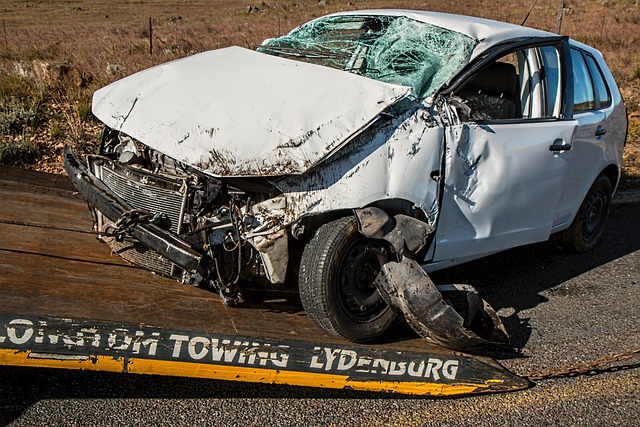
A comprehensive auto repair estimate is a critical document that outlines the cost and scope of necessary repairs for a vehicle. It serves as a roadmap for both the owner and the insurance provider, ensuring all parties are on the same page regarding the work to be done. Key components include detailed descriptions of each repair or replacement, labor rates, parts costs, and an itemized breakdown of the total estimate. For instance, in the case of automotive collision repair, the estimate should specifically note any fender repair or auto body repair required, along with the corresponding material and labor costs.
Effective auto repair estimating requires precision and transparency. Each element must be clearly communicated to avoid misunderstandings. Insurance companies rely on these estimates to process claims accurately, while vehicle owners can use them to make informed decisions about their repair choices. By including all relevant details, such as estimated time for completion and any potential additional costs, the estimate facilitates a smoother claims process and ensures customers are aware of their financial obligations.
Auto repair estimating is a critical process that bridges the gap between insurance companies and auto repair shops, ensuring efficient claims handling and accurate cost assessment. By understanding the key elements of this practice, professionals in the insurance industry can streamline their operations, foster better relationships with repair facilities, and ultimately provide clients with timely and fair settlements. Mastering auto repair estimating is essential for navigating the complexities of vehicle damage evaluation and fostering a seamless claims experience.


